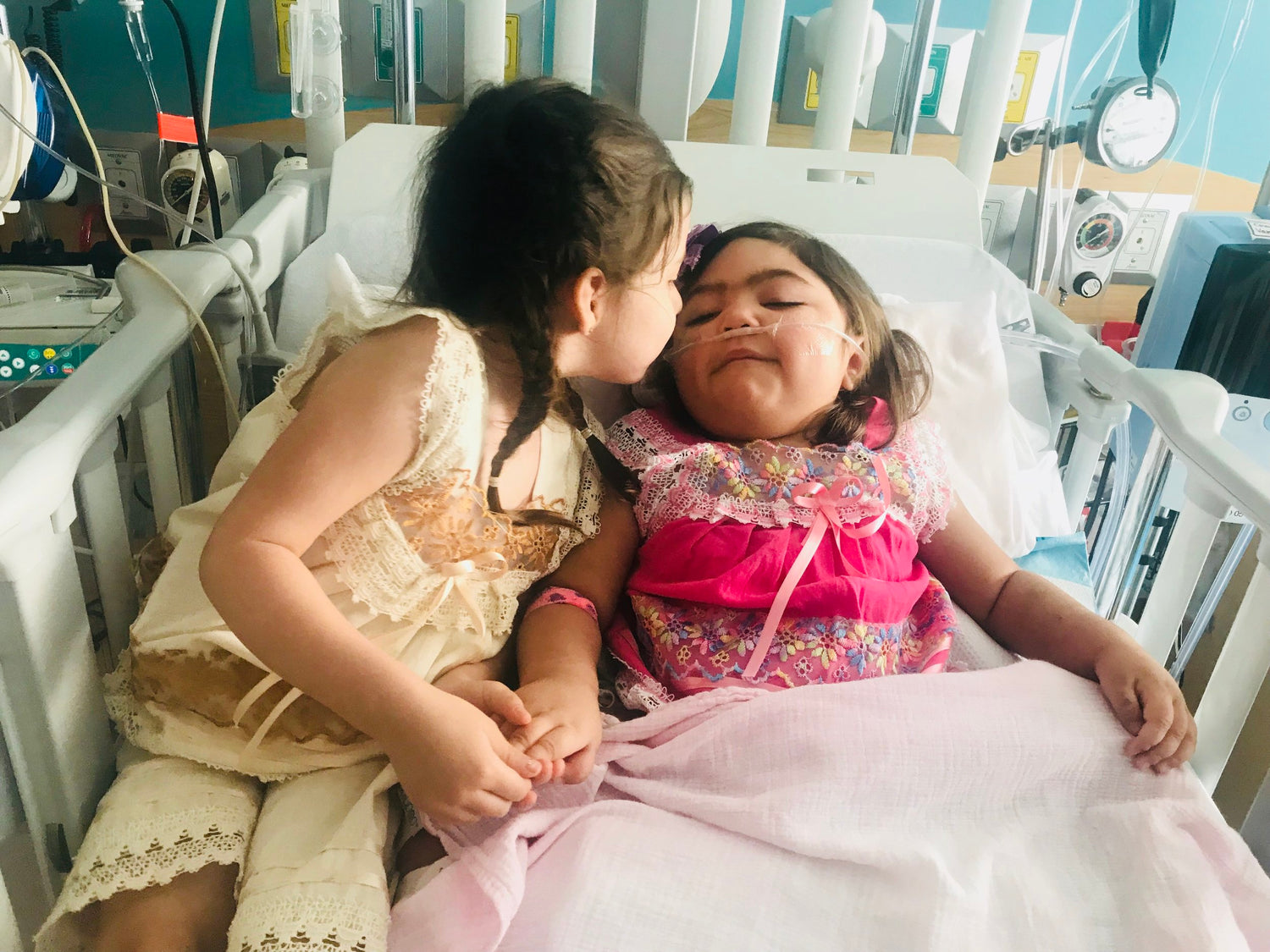
Who is the FOXG1 Research Foundation?
The FOXG1 Research Foundation (FRF) is the parent-led, global rare disease patient organization driving the research to find successful and precise treatments, and ultimately a cure, for every individual in the world with FOXG1 syndrome, while deeply focusing on patient advocacy, education, and family support.
OUR MISSION
It is the mission of the FOXG1 Research Foundation to accelerate research to find successful therapeutics for FOXG1 syndrome and related neurological disorders.
The FRF mission includes:
- Funding cutting-edge science by the world's leading researchers that is integral along the Path to a Cure.
- Finding precise treatments and ultimately a cure for all patients with FOXG1 syndrome in the world for all ages, all mutation types, all geographies
- Providing equal access to therapeutics for all patients with FOXG1 syndrome in the world
- Uncovering the links between FOXG1 and related CNS disorders
- Advocating for FOXG1 patients worldwide
- Supporting FOXG1 families worldwide
- Continuously identifying gaps that slow rare CNS drug development, and developing solutions.
- Pioneering new methods to accelerate the road to rare CNS drug development
Since 2017 The FOXG1 Research Foundation has:
- Built the global rare disease patient organization
- Raised $5M
- Funded 11 academic labs
- Achieved biotech investment
- Uncovered critical scientific data
- Developed and characterized key FOXG1 assets spanning all varients
- Moved from basic science to translational experiments
- Launched multiple FRF chapters internationally, including Australia and Spain
- Pioneered a new model for conducting Natural History Studies to improve the quality and depth of data and accelerate the road to clinical drug development
- Became Chan Zuckerberg Initiative Rare As One strategic partners
- Became leaders in the rare disease patient organization space
*Spelling Key: FOXG1 - the gene in humans | Foxg1- the gene in mouse models | FOXG1 and Foxg1 in italics- refers to the proteins, not the gene itself, respectively in humans and models.
